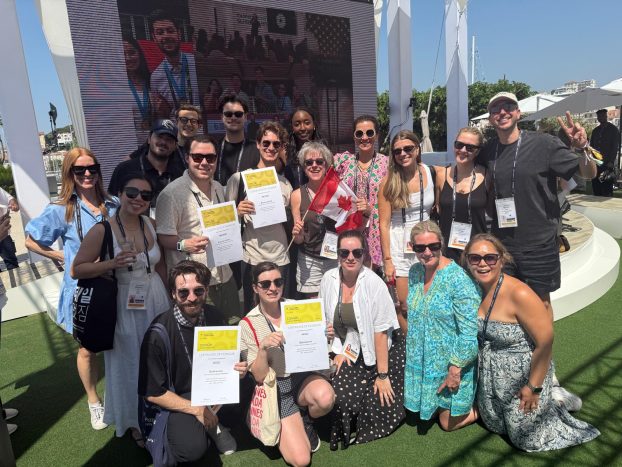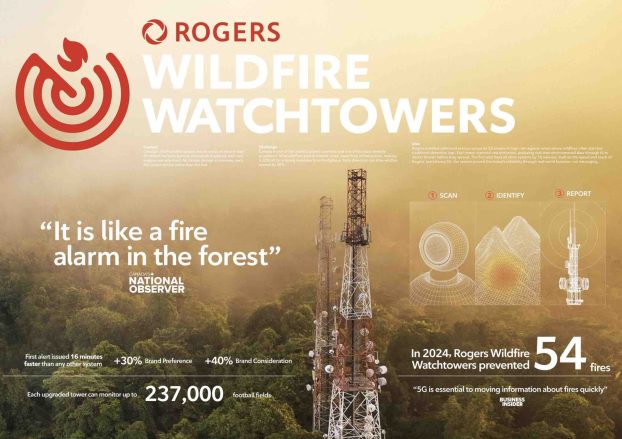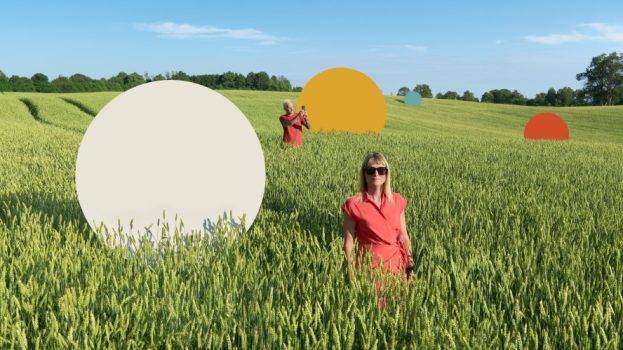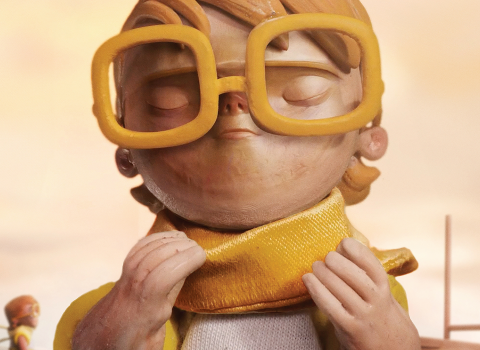Urban Juice & Soda, a Vancouver firm that began selling soft drinks four years ago under the name of Jones Soda, owes its phenomenal success to a grassroots interactive marketing strategy that’s fuelled explosive growth and spawned a rabidly loyal following.
Just how successful is Jones Soda? Last year, the company sold more than a million cases of pop across North America, an increase of more than 135% over the previous year. Growth in the two years before that was just as phenomenal.
The company produces, bottles and sells 19 flavours of soda with names like Fufu Berry and Whoopass Energy Drink primarily to an ultra-desirable audience of 14- to 24-year-olds. The sodas have distinctive labels that feature black-and-white photographs, many of which are submitted by customers. The company also maintains a Web site (www.jonessoda.com), which is set to relaunch June 1.
The new site will be positioned much like a Web portal, with the goal being to build an online community of Jones Soda loyalists. Although the company’s current Web site runs contests and provides information about the events in which Jones is involved – such as extreme sports and music – on June 1 much of the content will change, and just like the soda labels, much of it will be created by customers, rather than the company itself.
"We’re going to use (the Web site) to collect content," explains Urban Juice’s 36-year-old bald but goateed founder and president, Peter van Stolk. "Culture, essays, art, movie reviews, everything."
Van Stolk says he’s seen plenty of companies blast into the market and disappear from the radar just as fast. That’s why alternative distribution channels, measured growth and sponsorships figure prominently in his strategy of "grounding" the brand. But the real secret of the company’s success, says van Stolk, is allowing customers to interact with the company – both on and off the Web site, which he says has "grown organically" to more than 45,000 unique visitors per month.
The emotional connection the company has managed to forge with its customers is such that even van Stolk is occasionally overwhelmed by it.
"I get tackled in Taco Bell in Arizona because I’m wearing a Jones pin and people want an autograph," he recounts. "I get people driving for four days up to Vancouver to come and sit outside – sit outside! – and wait for us to come to work. This is soda, man, and these guys are fired up about it because it’s given them a voice. Jones Soda’s all about giving them a voice."
It all began with the funky Jones labels. The company has used thousands of photos taken by its customers to grace the labels of its 19 brands. Each time a photo runs, it appears on as many as 150,000 labels. Last year, the company received some 40,000 submissions – all without benefit of advertising.
Customers respond to the Jones brand, says van Stolk, because their work, their voice, is being acknowledged on every bottle of soda. The same philosophy applies to the company’s Web strategy, he says.
"Our goal is to create a community with Jones Soda," says van Stolk. "A product on a Web site is just a product. It’s relevant to a point, but then it becomes not relevant. We’ve got to change that, and we’ve got to make it relevant. And so our Web strategy is to make it relevant in a fashion that’s fun for [the consumer]."
As for advertising and promotion, the only vehicle that will be used to boost awareness of the Web site will be the inclusion of the URL on the bottle labels, which themselves have become such a hit that customers have begun trading them on the Web.
The Web site is the latest incarnation in a grassroots marketing strategy that’s seen Jones Soda establish retail distribution through such unlikely avenues as tattoo parlours and sex shops.
Today, the site has plenty of areas that invite participation from Jones fans. One section features a contest challenging people to say why the company’s funky promotional RV should come to their town. Another gives away posters, CDs and cases of Jones Soda.
"There’s something that we’re doing that’s right, because Nike’s phoning us, Armani’s phoning us…Fox is phoning us, Levi’s is phoning us, Starbucks is phoning us – everyone in the world is phoning us because they send their focus groups out and they go to kids ‘What’s cool?’ and they say ‘Jones’ and they come back and say ‘Can we play with you guys?’"




























